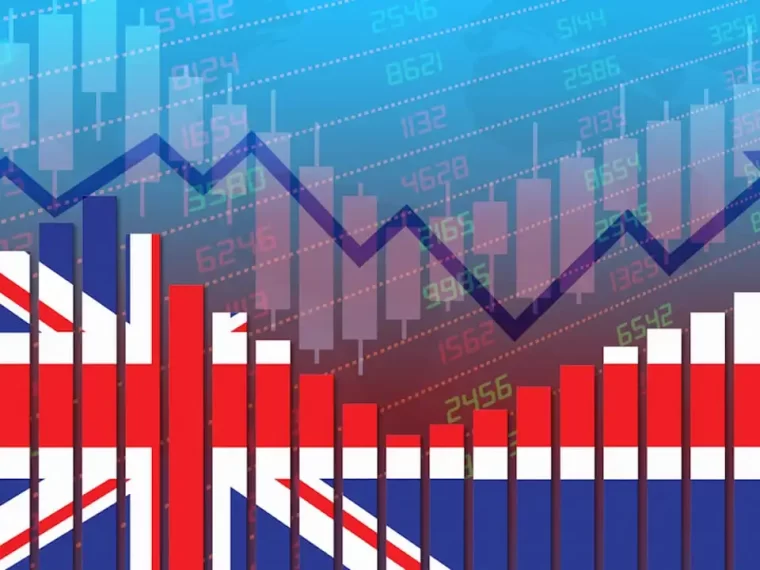The latest growth figures in the UK are significant not because they indicate a booming economy, which they do not. Rather, they signal a return to a more typical rate of growth, suggesting resilience in the face of recent challenges. The UK is now experiencing growth on par with other G7 nations like Canada, surpassing countries like France, Germany, Italy, Japan, and the United States.
However, given the sluggish growth experienced over several years, what was once considered normal growth before the financial crisis of the late 2000s now appears robust in comparison to recent standards. Despite enduring near-zero interest rates for 15 years, followed by sharp increases in the past year, the economy has shown remarkable resilience.
The hope is that the positive start to 2024 will propel momentum throughout the year, boosting both business and consumer confidence. The imminent decline in inflation towards the target level of 2% will further underscore this trend. While interest rates are expected to decrease in the summer, the strong growth figures may reduce the likelihood of a rate cut next month.
However, for many households, normal growth may not necessarily translate to improved living standards. The significant rise in prices has been particularly noticeable, overshadowing improvements in inflation rates and GDP. While per capita GDP has recently seen an increase for the first time in two years, it remains lower than it was two years ago.
As the economy navigates through the aftermath of unprecedented health and energy crises, the focus now turns to whether people will perceive the turning point as a cause for gratitude or continue to lament years of sluggish growth and declining standards of living. Nonetheless, the economy’s return to a semblance of normalcy, if sustained, represents a notable improvement.





